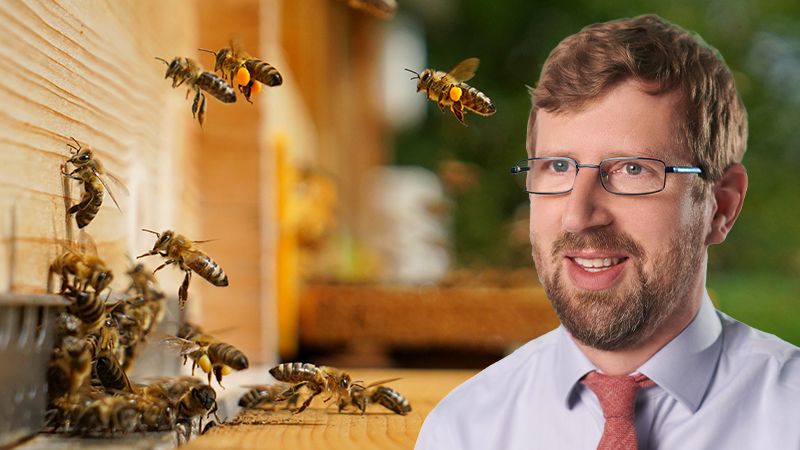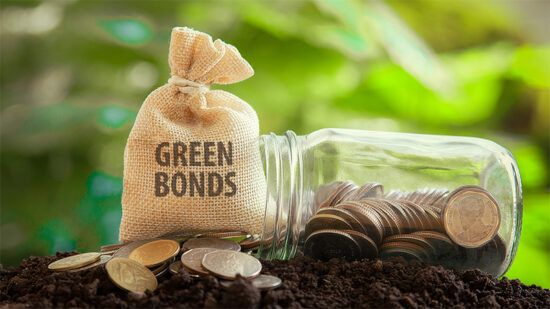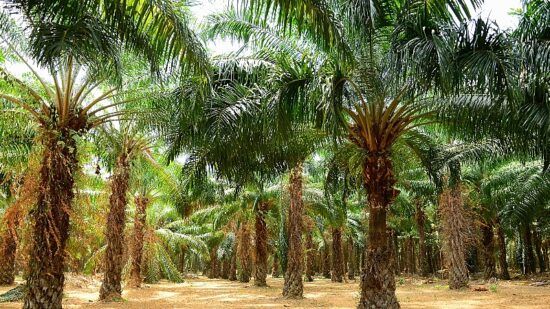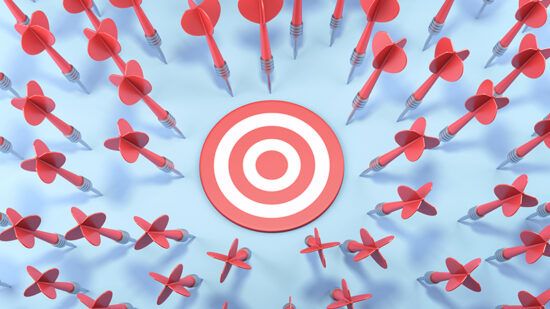Honeybees are not to be underestimated. They add $15bn to the US economy, in Europe, their economic value as pollinators is estimated in the tens of billions annually, and in the UK, pollinating insects, including honeybees, add £430m to the economy.
Historically, nature has been viewed as an inexhaustible source of valuable materials and, sometimes, a free dumping ground for our waste. Economically, the damage caused by human activity has traditionally been termed an ‘externality’ – a cost-free impact. However, the escalating consequences of extreme weather events and environmental degradation underscore the need to re-evaluate this outdated economic model. It is therefore now time to greater consider the true value of natural assets and the impact we have on them.
Just recently, 20 May saw the coming of World Bee Day, so there is no better time to make an example of, and shine a spotlight on, these critical creatures and their value to the planet.
Bees are vital for pollinating many of the plants we consume. A single bee colony can pollinate 300 million flowers daily, a service essential to both human agriculture and biodiversity. Yet, the value of this role is largely overlooked – and trying to put a financial number on it is complex and often contested. Nevertheless, attempting to value bees’ contributions to honey production, crop pollination, and biodiversity can highlight the often-overlooked worth of natural resources.
Estimating the global bee population is one challenge. The UN’s Food and Agriculture Organisation (FAO) estimates there are at least two trillion honeybees, based on 80 to 100 million domesticated hives, each hosting 10,000 to 50,000 bees. The broader estimate includes up to four trillion bees across 20,000 species.
Honey, a natural sweetener with medicinal properties, has been valued for millennia. Bees’ production of honey and beeswax provides a tangible way to assign economic value. A single bee produces 1/12 of a teaspoon of honey in its 30 – 60 day lifespan. Despite this modest output, the global honey market was worth $8.5bn in 2022, and is projected to grow to $12.7bn by 2029. Beeswax adds another $600m, totalling $9.1bn of combined economic value from honey and beeswax. Dividing this by two trillion honeybees gives each honeybee a value of $0.00455, or approximately half a dollar cent.
Arguably a more accurate approach to valuing bees however is assessing their role in global crop and food production. Bees are key pollinators for many crops, alongside other animals like bats, birds, beetles, moths, wasps and butterflies, as well as natural vectors like wind and water. According to the FAO, about one-third of the plants or plant products consumed by humans depend on bee pollination, meaning every third bite of food can be attributed to bees. Oilseeds, essential for more than half of the world’s fat and oil diet, also rely heavily on bee pollination.
Valuing this aspect is complex but significant. In the US, honeybees help pollinate between 90 and 100 crops, contributing an extra $15bn to the economy via improved yield and quality. In Europe, bees’ economic value as pollinators is estimated at €22bn annually. In the UK, pollinating insects, including honeybees, add £430m to the economy. The value of pollination is estimated to be 30 – 50 times higher than honey and beeswax in Western Europe, and up to 100 times higher in Africa, depending on the crop.
Moving further along the valuation scale we arguably see the most under-recognised value. Pollinators play a crucial role in maintaining biodiversity and ensuring ecosystem resilience. Their activities help to clean the air, purify water, ensure healthy soil and regulate the climate, as well as being a crucial bioindicator of environmental health.
But should we be monetising nature at all?
Some argue that nature should be inherently sacred and putting a price on it alters our relationship and moral responsibility towards it. While monetising natural assets can highlight their importance and encourage important conversations, it also risks commodifying what should be preserved and revered for its intrinsic value.
However, although the task of valuing bees and other natural assets is fraught with challenges, it is a positive and important step towards recognising their indispensable contribution to our world. This evaluation will drive better conservation efforts and more sustainable practices, ensuring that these vital services continue to benefit both the health of the planet and future generations.








